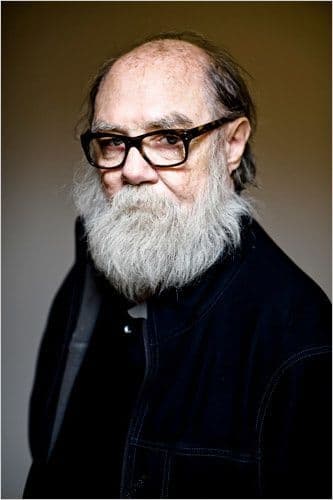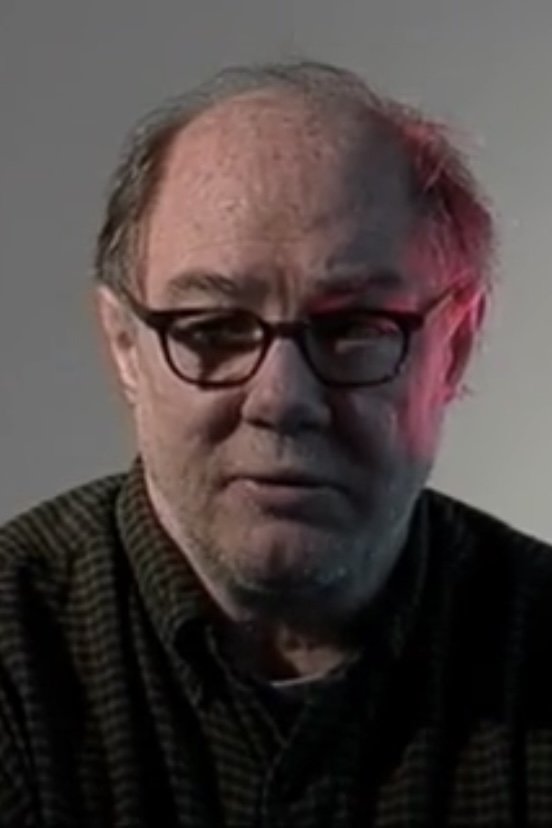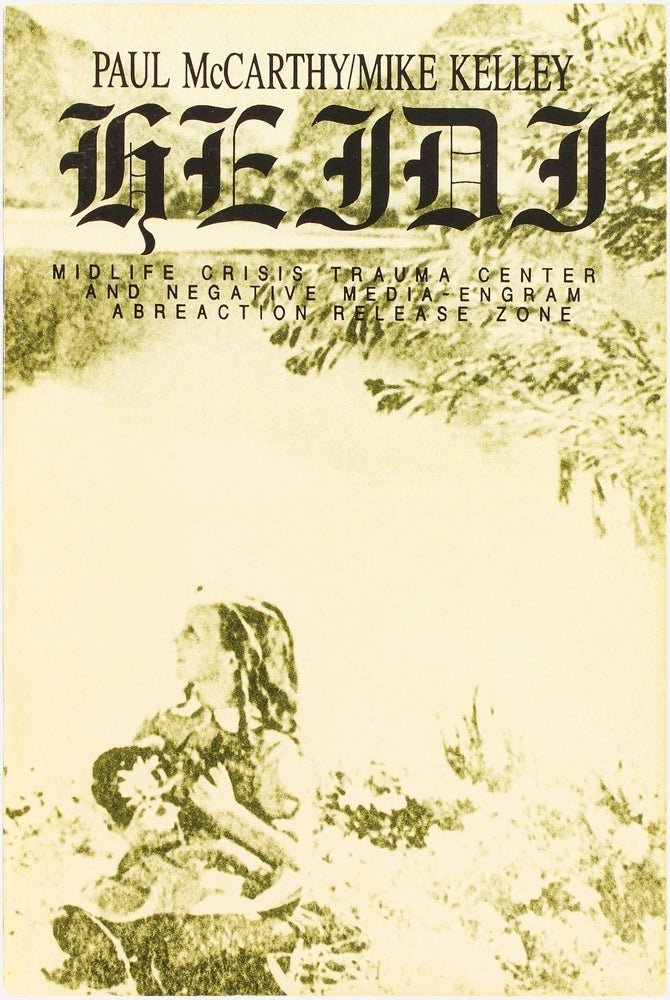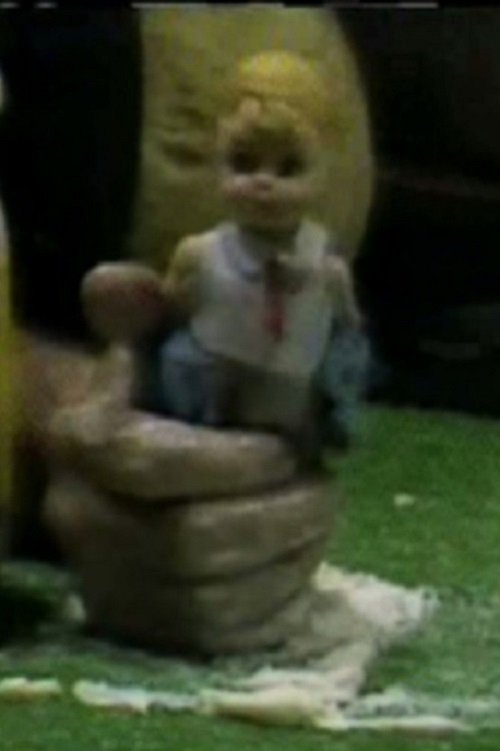

Paul McCarthy's reinterpretation of John Ford's classic western Stagecoach.


Drawing on the idiom and imagery of the consumer culture he grew up in, video artist Paul McCarthy distorts and mutates the familiar into the disturbing and grotesque as fairy tale narratives and foods are transformed into tableaus of abuse and violation.

A collaborative work based on Joanna Spyri's novel, Heidi.. The entire work consisted of a fabricated set, a group of partial and full life-size rubber figures, two large backdrop paintings, and a video tape shot entirely on the set. The set was installed at the center of the gallery (Galerie Krinzinger, Vienna)... We were interested in imitating film and television production, and exaggerating the fractured process of film. - Paul McCarthy In Heidi we toyed with this illusionary nature by treating the doubles and stand-ins for the actors as obvious sculpture, more in the manner of a puppet show than traditional film. - Mike Kelley

Experimental video about child abuse. McCarthy: "I was given access to a community television studio for two days of shooting and one day of editing. I had been given the grant based on a proposal to do a video tape on child abuse. I taped for one day alone and one day with Mike Kelley. I asked Mike Kelley to be the son and I would be the father. There was no written script. After taping for two days, I edited the tapes, making two separate tapes: Family Tyranny and Cultural Soup. They are often shown together."

A man makes soup with mayonnaise and dolls. McCarthy: "I was given access to a community television studio for two days of shooting and one day of editing. I had been given the grant based on a proposal to do a video tape on child abuse. I taped for one day alone and one day with Mike Kelley. I asked Mike Kelley to be the son and I would be the father. There was no written script. After taping for two days, I edited the tapes, making two separate tapes: Family Tyranny and Cultural Soup. They are often shown together."
While still a student, Paul McCarthy threw himself out of a second floor window in a performance/action, emulating Yves Klein's legendary "Leap into the Void." McCarthy was an influential figure in the Southern California art and performance scene for decades before achieving international recognition. His performance work in the late 1970s explored areas of Dionysian and shamanistic initiation rituals, as well as the body and sexuality. The intensity of these performances, which often included the graphic depiction of taboo subjects, eventually led to his use of video and installation as primary media. Mining the depths of the family and childhood via kitsch and pop cultural detritus, the body and sexuality, and an often outrageous theatricality, McCarthy's works inhabit a violent landscape of dysfunction and trauma. In many of his works, he adopts a performance persona that appears crazed, witch-like, or infantile. McCarthy's works often involve liquids, from bodily fluids to paint; one performance involved mixing his own blood with food, an obsessive gesture that is simulated in Family Tyranny. In the late 1980s, McCarthy began using film and television sets as elements in video/performance installations. Often these elaborate fabrications involved the restaging of culturally-charged myths and icons, such as Heidi and Pinocchio, in the context of family psychodramas, Hollywood genres, and mass media.
By browsing this website, you accept our cookies policy.